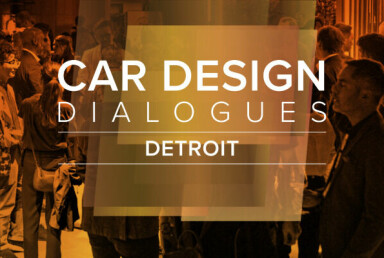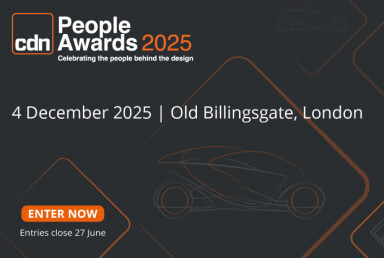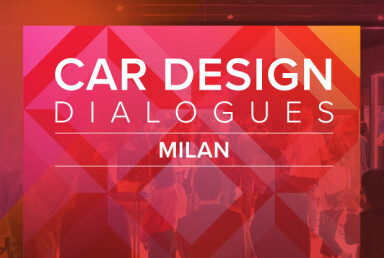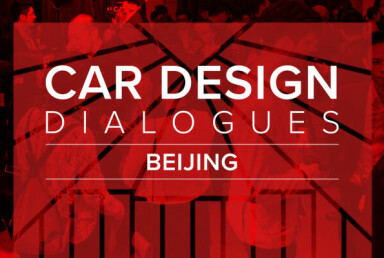Balancing supercar design and complex aerodynamics
The story behind the McLaren W1’s aero design
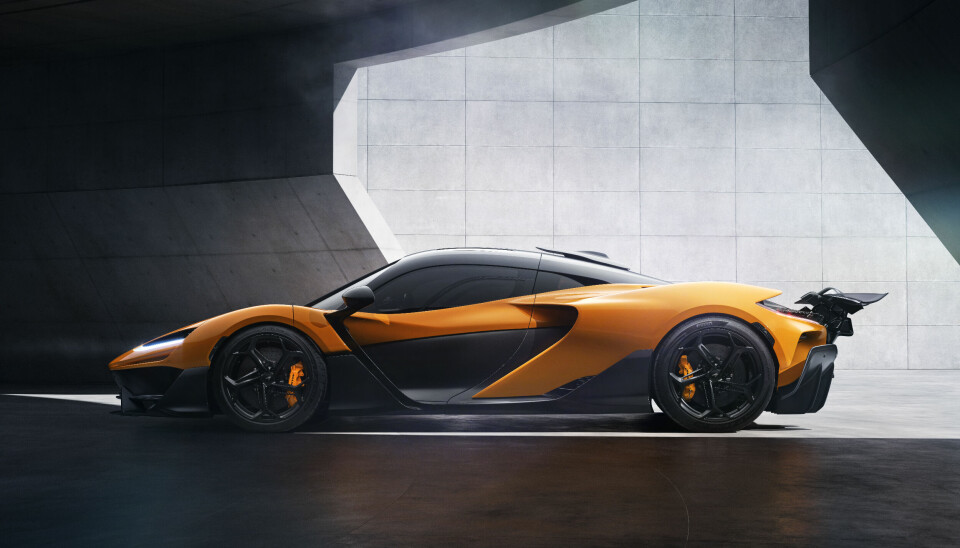
More than a decade on from the McLaren P1, João Dias, former head of exterior design at McLaren Automotive walks us through the brand’s new ‘decade car’
Faced with a blank piece of paper and the huge legacy of the McLaren F1 and P1 models hanging over their heads, McLaren’s design, engineering and aero teams spent four years crafting the company’s latest halo car.
With a strong focus on aerodynamic performance, the McLaren W1’s synergy between design and engineering reflects a close collaboration during development.
João Dias, former head of exterior design at McLaren Automotive gives Car Design News an insight into the model’s aero focus.
Car Design News: Walk us through the original brief.
João Dias: The key to the W1 was to make what we called, ‘the next decade car’. It’s an amalgamation of 10 years of knowledge and technical advancements. It’s a halo car that involved all departments including design, engineering and aerodynamics. In its simplest form, it was answering the question: ‘What can we do today that we could not do 10 years ago?’
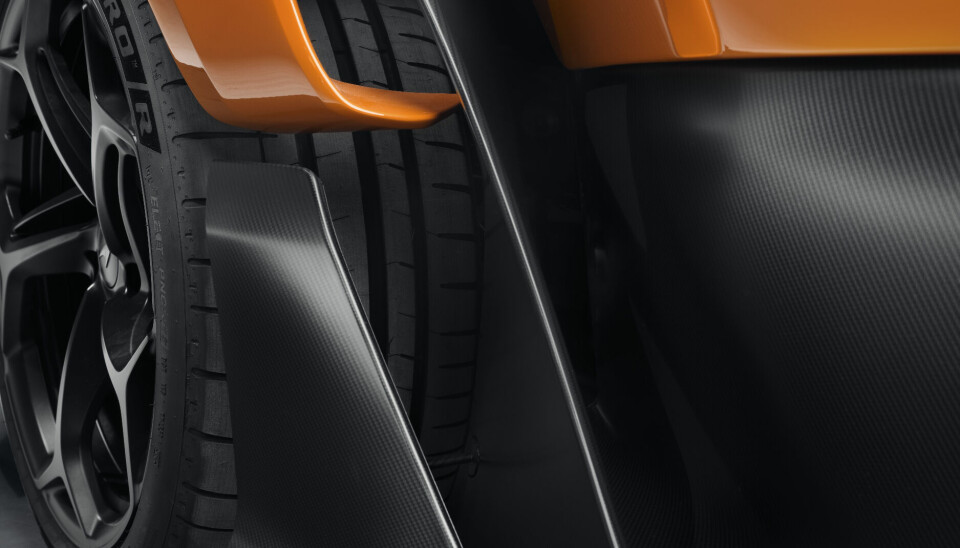
CDN: Aerodynamically, what sets the W1 apart?
JD: The P1 and 99% of the supercars you see on the road all have conventional aerodynamics: downforce from the top. The W1 is a fully ground effect car, so all of the down force is generated underneath the car which massively improves drag. It has 20% less drag than the McLaren Senna when the rear wing deploys its drag reduction system (DRS).
CDN: Can you explain how the aero is incorporated into the design?
JD: Being a ground effect car, everything works as a system. The front end is split into aero and cooling, the function is to gather as much cooling as possible and that’s where the ground effect system starts. We had to integrate everything into the design and not just add individual elements. If you imagine air hitting a wall and then going along the wall, it’s almost like you’re stretching the air. The expression of the car has this stretchy feeling, that was my approach for the front.
CDN: Moving to the side of the vehicle, how does this balance aero and design?
JD: On the side, it’s the contrast between below the belt line which has all the technical wet surfaces and exposed carbon fibre and the top which is a bit more calm with the contrasting colour. There’s a lot of lines and if you compare the P1 and the W1 the lines and character of the graphics are very similar. But, because the execution of the W1 is so much more three dimensional they seem very different.
CDN: How did you approach the design of the rear end?
JD: At the rear is a culmination of the integration of aero and design. When I thought about the theme for the rear, I had this vision of a wing slotting into the fender instead of being on top. It has this platonic interpretation of design embracing technical features. You can also see this, for example, where the wing mirror is, there’s a part of the body that embraces the blade for the mirror, it has this philosophy of embracing the technical.
For the rear diffuser, because the aero story is so big, I wanted to make it almost a separate component because it’s so powerful. I didn’t want to integrate it into the body so it had to lead on its own.
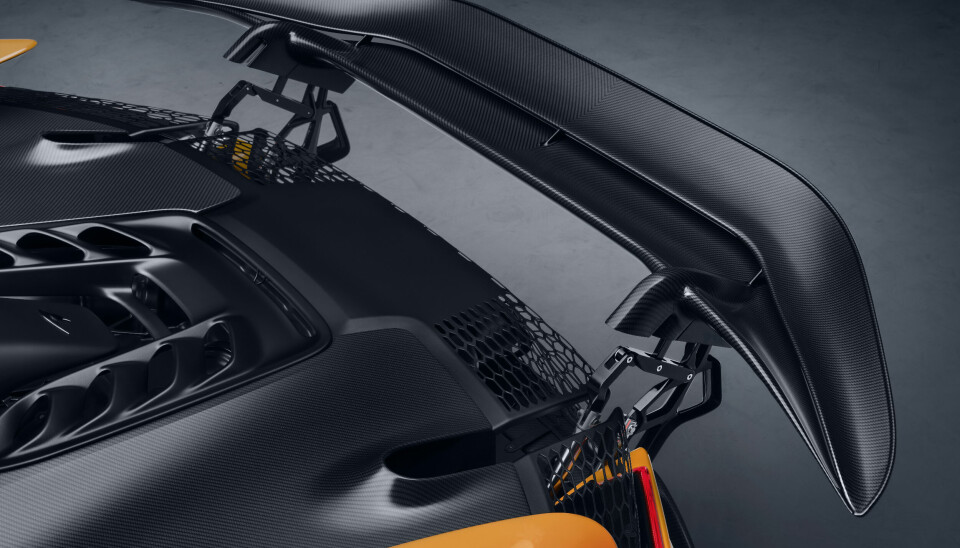
CDN: What can you tell us about the wing?
JD: It’s like any other car when it comes to the function of how it’s triggered according to speed, braking and the DRS. The wing doesn’t work individually, it’s part of a system so the front and the rear are always adjusting to the driving conditions at the time. The way it’s deployed is unique, it’s not a vertical deployment, it's horizontal because it works together with what’s happening under the car.
CDN: How did you use digital and physical tools in the design process?
JD: The car went through thousands of CFD and wind tunnel iterations. In design, after the initial sketches we started with digital to explore 3D forms. When those were selected we jumped to clay, first a 40% scale model then a full sized one.
Once we got to the full sized clay model it was a very active process with all departments involved. Because the car is so extreme and we were always working on the limits of physics on the technical side. We had to have constant gatherings around the clay or CFD results or the wind tunnel model and that’s how the process was throughout the entire development.
CDN: What were the key challenges?
JD: As with any other car with a lot of horsepower, the challenge was heat management. When you have a car that’s very aerodynamically driven, you want to close all the holes to reduce drag but because the car is so powerful, we had to have a lot of openings to cool it.
Another challenge was the complexity of the W1. As the car is so much more advanced than previous projects, we had to manage everything including weight and cost, so we always had to find that balance working closely together across departments to find a solution for all parties.
CDN: Did you take inspiration from any other McLaren models?
JD: Definitely, you always have to take into consideration the brand’s design DNA principles and what the company stands for. The P1 was quite a good reference because I wanted to take its air intake graphics and exposed carbon fibre to the extreme. On the W1, everything you see in a contract black or carbon fibre is a hint to that wet surfaces concept. The P1’s execution was streamlined and therefore quite flat, whereas the W1 is a lot more sculptural and expressive.
CDN: Do we see any new materials or techniques used on the W1?
JD: The car is all carbon fibre composites, even though the materials are not new, the processes used reduce weight, minimise fixtures and give the panels better stiffness. It took a lot of brain power from the engineering team because the car was already so advanced and complex, we had to simplify all the joints so as not to add more weight.
A good example of that is the wing mirrors and the aero blade, it functions as an aero device which guides the air along the door but it’s also the support for the mirror. We didn’t want to split those two elements because then it would be quite chaotic. So, the materials are not new but the processes used had to be quite different because of the inherent complexity of the car.








